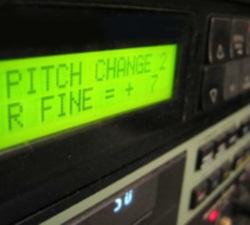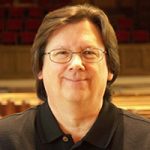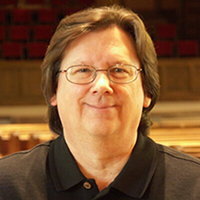If you pay attention to sound at all, you love to hear a great echo. Think about standing next to someone at the edge of a large canyon, listening to him shout and waiting to hear the reflection off the other side of the canyon.
As we stand beside him, we will first hear the sound of his voice on a path directly to our ears. Moments later, we will hear his voice repeated after the sound wave has traveled across the canyon and back to our ears. There is a delay to the arrival of that reflected sound caused by the time it takes for the sound to travel (at roughly 1,130 feet per second) out to the canyon wall and back to our ears.
It’s fun listening to a train come through my home town. On a quiet night you can hear the train horn off in the distance, followed by multiple reflections of the sound spread way out in time. As the sound bounces off large buildings, the echo can trail on literally for a couple of seconds. Way cool!
This same type of delayed echo of a sound occurs in a room as well, and is caused by the sound reflecting off of surfaces in the room and finding its way back to our ears. We will hear the original sound as a reference, and that is followed quickly by the early reflections or echoes.
How apparent those echoes sound is relative to how loud they are and their arrival time. The loudness is a function of the material it happens to reflect off of. This can also alter the frequency content of the sound, since that material may reflect certain frequencies quite well and yet absorb others.
The arrival time back at the listener’s ears is a function of how far the sound had to travel through its reflected path to arrive at our ears, and is of course, relative to the arrival of the direct sound. Some reflections may not even be able to be heard, even though they can be measured and proven to be quite loud by comparison.
If the sound is delayed in time by less than about 30 milliseconds, our brain will not perceive it as a discrete echo. So, reflections arriving less than 30 milliseconds after the direct sound arrives might be considered early reflections. Reflections that arrive 30 milliseconds or so after the direct sound arrival will generally be heard as discrete echoes.
This effect is typically more noticeable with sounds that have a percussive attack, and this is why clapping your hands is an acceptable method of examining your situation. When you clap your hands in a large enough auditorium, you may notice a smoothly decaying sound that lingers for a moment. This is known as reverberation.
Reverberation is made up of many hundreds of reflections arriving at the listener’s ears, so closely spaced in time that he cannot perceive them as separate echoes, but rather as a homogeneous mixture of all of them.
Each room has its own reverberation sound character, determined by the acoustics of the room. That is to say, the manner in which the room is constructed—how large it is, if the surfaces are hard or soft, reflective or absorbent, even whether they are painted or not, and so forth – gives the room its acoustic signature. Part of that character is the sound of the reverb.
For example, a large room with a great deal of thin, soft absorbent material may attenuate (decrease) the lingering high frequencies of the reverberant field rather quickly, while the lower frequencies of that reverberant field carry on longer.
Proper design would present a reverberant field that is quite diffuse, with all frequencies decaying smoothly together, and no one frequency louder than another. Today, any of these acoustic properties of rooms, big or small, reverberant or not, and even those of the canyon wall, can jump into the church sanctuary at the touch of a button, due to the ever-diminishing price of digital technology that has brought forth a plethora of affordable digital effects processors.
Offered by a host of different manufacturers, digital effects processors are typically multi-talented, in that they may be capable of simulating literally any of the effects described above along with a long list of other, more imaginative or not-exactly-natural-on-the-planet-I-know-and-love effects.(Editor: Note also that many digital consoles and mixers now offer effects capabilities.)
Quite literally, whenever I’m mixing an album I imagine a place where this performance is taking place, and then use the effects processors to help shape or define that place. Similarly, doing a sound reinforcement mix to me is really just mixing the album in front of an audience instead of in a small control room.
As long as the room is large enough and relatively well behaved acoustically, I approach the use of digital effects in exactly the same way as during a mixdown session. Remember, a little bit goes a long way. Don’t overdo it!




















